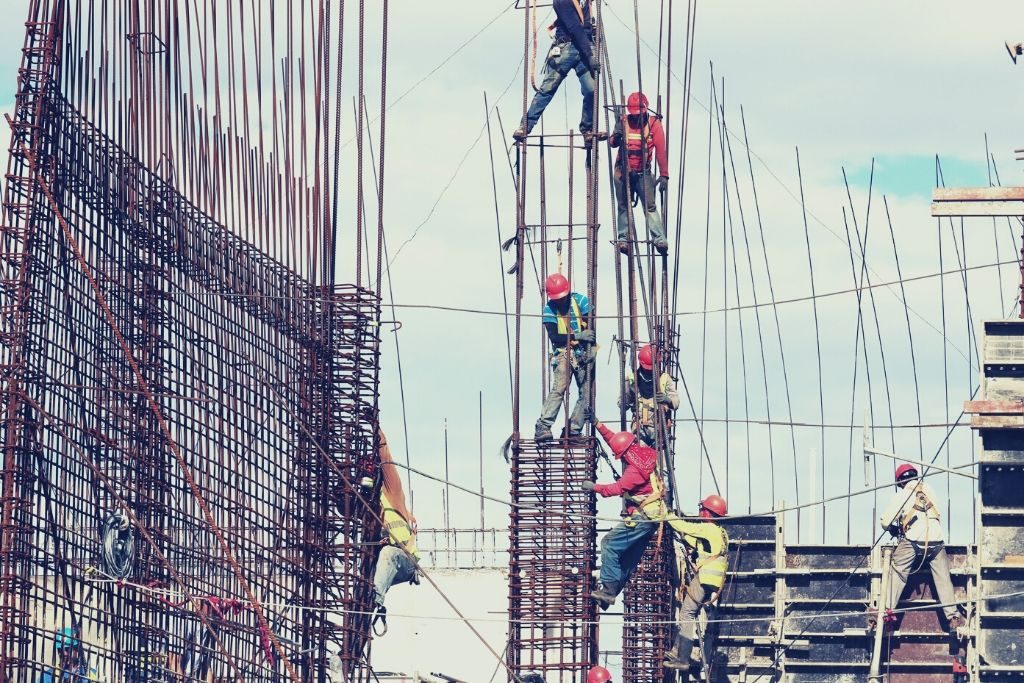A Peek Inside BIM’s World Domination

Building Information Modelling (BIM) had its beginnings in the 1970s, as the design innovators from the United States, Western Europe, and the Soviet Block competed to create a software solution to disrupt the architecture. Thanks to this technology, which keeps growing and optimizing itself, in the late 20th century, modern architecture went through a mini-renaissance.
The Importance Of A Robust Specification

The specification created for any construction project details the exact requirements of the building as designed, as well as the products and materials that meet those needs. As such, a robust specification is a key part of ensuring the long-term success of a project.
Digital Planning and Configuration Management: 5 Benefits of Configurators

In today’s age of Industry 4.0 and progressive digitization, gone are the days of producing standardized products. Customers now demand solutions tailored to their specific needs, and companies who offer personalized products satisfy not only their customers but also gain a competitive edge
Expert View: How ISO-19650 Will Change the Construction Supply Industry

Construction is one of the least digitized industries in the world, mainly due to challenges and complexities of its supply chain. While the industry has been relatively slow to respond to the digital revolution that took the world by storm, structural changes are pushing for rapid digitization.
7 Ways Artificial Intelligence Is Revolutionizing Architecture

While most of the buzz around artificial intelligence (AI) may seem new, the concept has been around for more than 60 years. American computer scientist John McCarthy, known as the “Father of AI,” coined the term “artificial intelligence” in the 1950s, leading researchers across the United States to dig into the computer learning for processing equations and theorems.